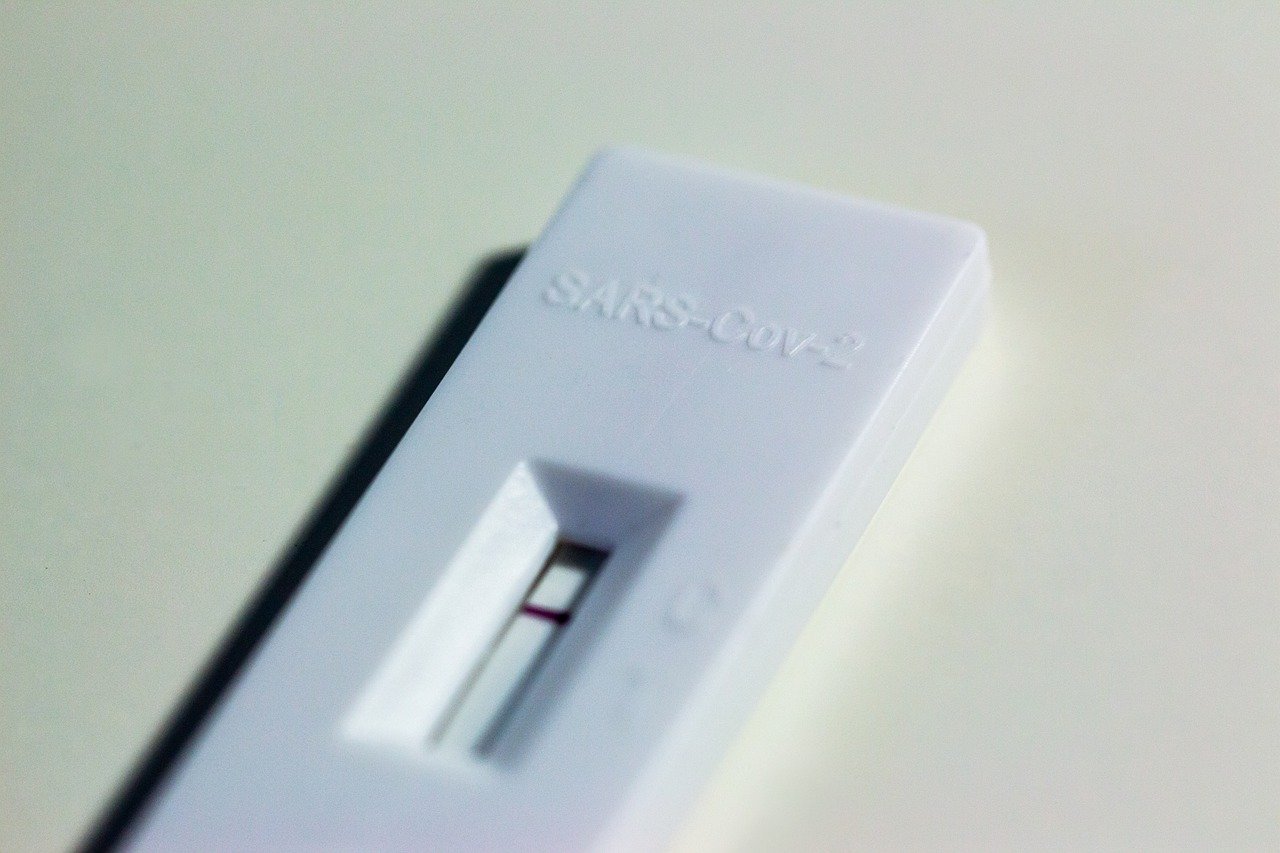
Testing for COVID-19 in Northern Ireland is changing from Monday, August 22.
From this date, most people in the general population with symptoms of COVID-19 will no longer be advised to take a lateral flow test.
Free lateral flow tests will no longer be available for this purpose.
This move is in line with the Test, Trace and Protect Transition plan published in March 2022 which aims to make testing more proportionate and targeted to protect the most vulnerable.
People who are eligible for new COVID-19 treatments and those working in health and social care settings will continue to be advised to test. They will continue to have access to free lateral flow tests.
Dr Joanne McClean, associate deputy chief medical officer, said: “We have always said we would keep COVID-19 measures under review, taking account of the trajectory of the virus.
“While COVID-19 is still in circulation, levels of infection in the community are falling and the overall impact from serious illness remains low at this time.
“Currently, the most common symptoms of COVID-19 are similar to other respiratory viruses such as flu. It is therefore appropriate that testing is no longer one of the main tools in the fight against the virus for the majority of people.”
Respiratory infections, including COVID-19 and flu, can spread easily and can cause serious illness in some people. It is essential that people heed their symptoms and take appropriate action to minimise their contact with others.
If you have a high temperature or do not feel well enough to go to work, stay home and minimise your contact with others.
You should avoid contact with those considered vulnerable and you should not visit others in health and social care settings if you are feeling unwell.
Dr McClean continued: “Rates of COVID-19 in Northern Ireland have fallen and the signs are that they are continuing to fall. The most recent information from the Office for National Statistics suggests that in the week to August 8, 2022 about one person in 50 in Northern Ireland had COVID-19.
“This has fallen since the peak early in the summer. As we move into the autumn we may see infection rates rise again. We will monitor the situation closely and take proportionate action at that time if required.”
Vaccination continues to provide excellent protection from serious illness, hospitalisation or death. It remains our key protection from COVID-19. A booster programme will shortly be rolled-out for those eligible.
While the COVID-19 infection rate has fallen compared to earlier in the summer, infection continues in the community. You can take steps to reduce your chance of catching COVID-19 or of passing it on to others. This includes simple steps such as staying at home if you have a temperature or are unwell, washing hands regularly, meeting others outdoors or in well ventilated areas and wearing a face covering in crowded indoor settings.
Concluding, Dr McClean said: “Some people may have test kits at home and may decide to continue testing themselves. The advice for adults who test positive remains the same – stay home and avoid contact with others for five days from the date of the positive test. As children tend to less infectious than adults, the isolation period for children is three days.”






